Real-time personalization explained: Benefits and use cases
Published on May 01, 2025/Last edited on November 11, 2025/15 min read
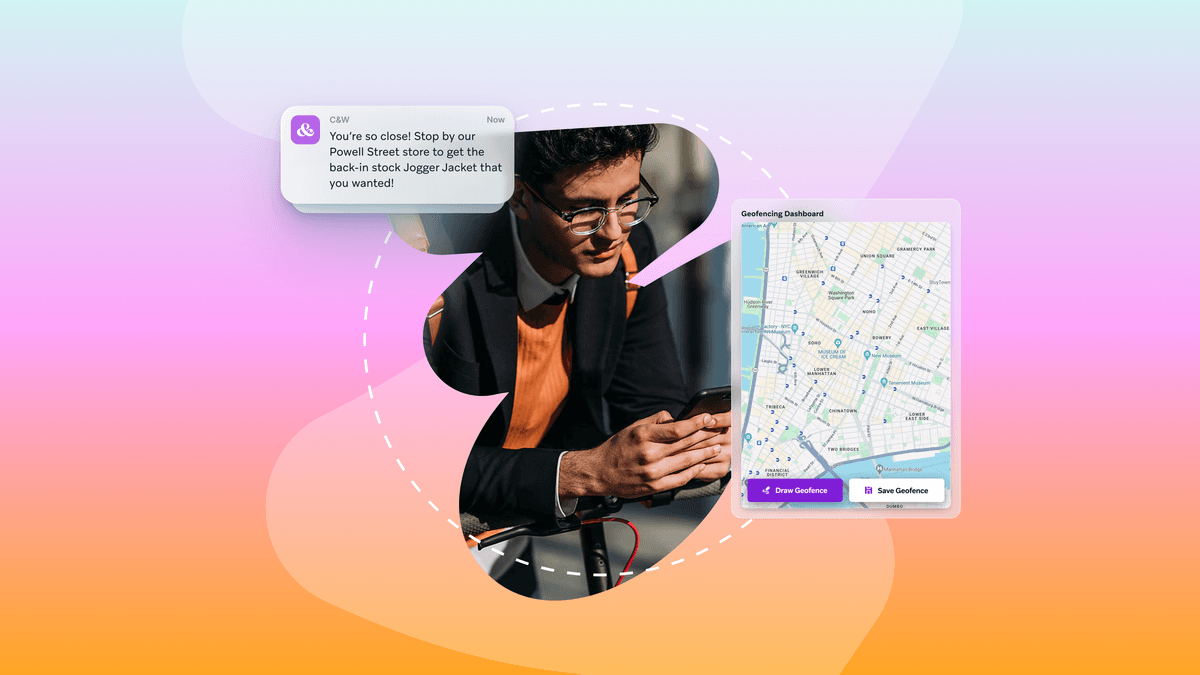
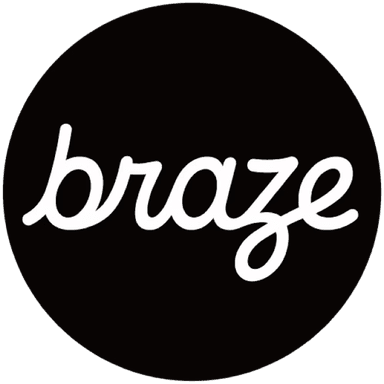
Team Braze
Ever felt like an email from your favorite brand gave you exactly what you were looking for? Did that offer in a push notification feel like it caught you at the perfect moment?
Real-time personalization makes that possible. It uses live customer data to adapt messaging, content, and experiences as customers change and move through the lifecycle. The result is timely and relevant journeys that feel natural and spur a recipient into action.
In this guide, we’ll cover how real-time personalization works, why it matters, and how to use it across channels to boost engagement, loyalty, and performance. Plus, practical examples to bring a real-time personalization strategy to life.
Contents
- What is real-time personalization?
- How does real-time personalization in marketing automation work?
- Benefits of real-time personalization
- How to add real-time personalization to your marketing strategy
- Using real-time personalization in a cross-channel strategy
- Effective ways to use real-time personalization
- Success stories of real-time personalization messaging campaigns
- Smarter, faster, sharper–the role of AI in real-time personalization
- Final thoughts
- FAQs
What is real-time personalization?
Real-time personalization is the ability to tailor content, messages, and experiences based on streaming data, updating as customers change and move through the lifecycle. Rather than guessing what someone might want, it’s about reacting to their behavior, preferences, and current context when it’s relevant.
This approach goes beyond basic personalization, like using a first name in an email. Instead, it draws on live, real-time data—what a customer clicks, views, buys, or searches for—and uses that input to deliver something relevant to their current situation. For example, product recommendations that update as someone browses or a push notification highlighting offers when you’re near a physical store. These messages often use dynamic content, (customizable elements like name or location that tailor the message to the individual) to update as customers change, reflecting where someone is in their journey right now.
How does real-time personalization in marketing automation work?
Streaming data powers personalization, and connected systems deliver it behind the scenes.
Customer data is collected across channels like websites, mobile apps, emails, and in-product interactions. This includes everything from clicks and page views to purchase history and location. From there, it might look like a personalized push notification, an email with a relevant offer, or an updated web experience based on what someone just clicked.
To make it all work, brands need the right infrastructure: A unified, central view of the customer, real-time data processing, and tools that support dynamic content and cross-channel orchestration. When those pieces are in place, personalization moves away from being just reactive and becomes proactive, too. Each interaction becomes an opportunity to support the customer's journey meaningfully.
Benefits of real-time web personalization
The kind of responsiveness that real-time personalization allows brands to dynamically shape better experiences. When customers feel understood, they engage more, convert faster, and stick around longer. Instead of one-size-fits-all messaging, they get content that matches their intent, preferences, and behavior, boosting engagement and positively influencing conversion rates across key journeys.
Here are a few standout benefits:
- Smoother customer journeys that lead to better engagement
- Higher retention and loyalty
- Stronger revenue performance
How to add real-time personalization to your marketing strategy
Building real-time personalization into your marketing strategy starts with a clear understanding of your data, your audience, and the moments that matter. To implement real-time personalization effectively, you’ll need the right tools, data, and cross-functional alignment from the start.
We’re not focusing on quick wins here, but creating a connected system that can listen, adapt, and respond in real time. That’s the foundation of effective personalization in marketing automation—where real-time data drives each interaction.
Here's how to approach it:
1. Start with your data
Customer data is the foundation. You need a complete view that brings together demographic info, preferences, behaviors, and more. That means integrating data from across your channels—web, mobile, email, in-product, CRM, and beyond. A single, up-to-date profile for each customer is important.
Make the most of our open, flexible ecosystem—built to work seamlessly with the technologies your team uses to create more meaningful customer experiences.
2. Map the journey
Each customer journey is full of opportunities to personalize. Map out the key touchpoints across your channels, then identify where real-time triggers could drive the next best action, whether that’s sending an offer, downloading a guide, or nudging toward a conversion.
3. Use behavior-based triggers
Set up your marketing automation to respond to specific customer actions. For example, visiting a product page could trigger a follow-up email with related items. Hitting a usage milestone could unlock a celebration modal in-app. These small moments can have a big impact.
4. Build messages with dynamic content
To personalize in real time, you need content that can flex. Use modular assets like Content Blocks, conditional logic, and other dynamic personalization tools that adapt based on each customer’s profile or behavior. That way, you can automate delivering the right message in the right format—without manual updates.
5. Test and learn
Real-time doesn’t mean one-and-done. Running A/B and multivariate tests helps you figure out what resonates with your customers. Use insights from performance data to refine your approach and keep your personalization strategy responsive to what’s actually working.
Using real-time personalization in a cross-channel strategy
Real-time personalization is most powerful when it runs across your entire marketing ecosystem, not just one channel. Customers move fluidly between email, apps, websites, and social platforms. You should move with them.
Cross-channel personalization connects the dots between touchpoints. A customer clicks an email, then visits your website, and then opens your app. If those channels are unified and share data in real time, the experience feels seamless. The message evolves, the journey progresses, and each interaction builds on the last.
To make this work, your systems need to talk to each other. That means breaking down data silos and connecting your CRM, marketing automation platform, product analytics, and customer engagement tools.
This is where customer experience becomes a conversation. One that continues across each channel picks up where the customer left off, and responds in a way that feels natural, valuable, and personal (without feeling intrusive).
Effective ways to use real-time personalization
Personalization can create a real impact, but only when it’s done well. Even the best-intentioned personalization can go wrong if it’s based on the wrong signals.
As Kevin Wang, Chief Product Officer at Braze, puts it: “What makes these cases of mistaken personalization so jarring is that they undercut the customer relationship, revealing to people that your brand doesn’t know them as well as they’d thought. It’s like waking up one day and finding out your best friend doesn’t know your last name.”
It’s a reminder that effective personalization relies on more than data—it requires context, relevance, and the ability to adapt in real time. Poor data hygiene, disconnected systems, or over-reliance on static segments can lead to irrelevant or even alienating experiences. That’s why firm foundations, like accurate, real-time data and responsive orchestration, are non-negotiable. Here’s how to keep your approach sharp.
Best practices for real-time personalization
Keep in mind the industry standards and proven methods to help initiate success:
Start with meaningful data
Go beyond names and email addresses. Focus on live behavioral signals—what your users are doing, what they’ve done, and what they’re likely to do next. The more current the data, the more relevant your personalization.
Segment based on intent, not just identity
Segment users by their actions, lifecycle stage, product usage, or goals. This lets you deliver content that’s truly aligned with where they are in their journey.
Personalize each step
Each touchpoint is a chance to add value. From onboarding flows to product nudges, in-app messages to retargeting ads—build dynamic experiences that respond to user behavior in real time.
Use event-based triggers
Set up your system to respond immediately to key actions. Someone completes a key task? Show a celebration modal. A trial is about to expire? Trigger a timely offer. These micro-moments build momentum.
Keep testing
Even often-used experiences benefit from testing. Run experiments on copy, timing, and format to see what drives the strongest results and supports long-term customer satisfaction. Real-time strategies should always be evolving. With these best practices in mind, some marketers follow a framework called the 4 D’s of personalization.
Use cases that show real-time personalization examples in action
Need a bit more inspiration? These real-time web personalization examples could help you see how you can invigorate your customer engagement.
Interactive onboarding flow
Trigger tips or walkthroughs that adapt based on what a user has (or hasn’t) engaged with yet.
In-app surveys and feedback loops
Send follow-up questions or offers based on survey responses—whether it’s support for detractors or review prompts for promoters.
Smart content recommendations
Surface help articles, guides, or product tips that reflect where the user is and what they’re trying to do.
Location-aware experiences
Display region-specific content, auto-translate in-app messages, or show local pricing based on the user’s current location.
Contextual upsells
Trigger upgrade prompts when a user hits a feature limit or usage threshold—right at the moment they’re ready to take the next step.
Cancellation intercepts
When someone moves to cancel, respond with a personalized content alternative. If cost is the blocker, offer a different plan or a limited-time discount.
Your tech stack can be used to create enticing, visually attractive, even flashy messages, but more than anything, it’s about being relevant, responsive, and helpful. The most effective strategies feel effortless to the user and tightly aligned to their goals.
Success stories of real-time personalized messaging campaigns
Braze helps brands to build relationships and more sophisticated customer journeys across multiple touchpoints and channels. Here’s how some of our customers leveraged Braze to deliver more memorable experiences.
Home is where the smart is with SimpliSafe
SimpliSafe, founded in 2006 by Harvard Business School students, has become a leader in the home security industry, offering reliable solutions like cameras, smart locks, and wireless alarm systems to over four million homes across the US and UK.
The challenge
SimpliSafe's tech stack included multiple tools that didn't communicate with each other, resulting in siloed user data. This fragmentation hindered their ability to create personalized customer experiences and required manual processes to consolidate data, consuming significant time and resources.
The strategy
By using Braze Data Transformation, SimpliSafe streamlined the integration of user data from various platforms into a unified system. Utilizing easy-to-implement webhooks, they automated the transfer of data such as survey responses and call information directly into Braze user profiles, creating a centralized and dynamic view of each customer.
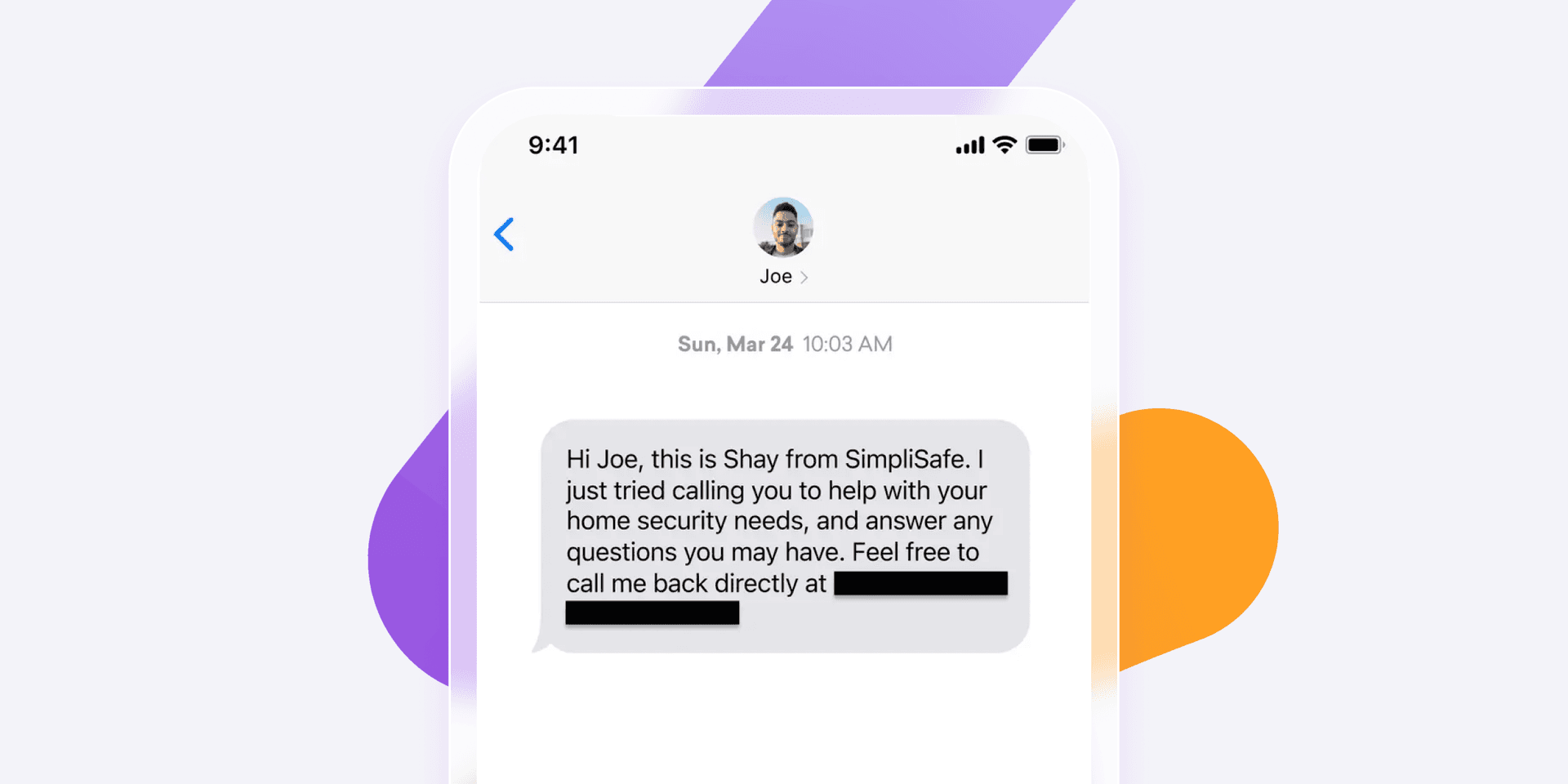
The wins
This integration saved SimpliSafe approximately one week of development time per system connected, totaling four weeks saved across their platforms. The marketing team gained the agility to launch new channels more rapidly and deliver more personalized customer experiences, enhancing engagement and operational efficiency.
Too quick to lose, Too Good To Go
Too Good To Go is a platform dedicated to reducing global food waste by connecting users with unsold surplus food from local restaurants and grocery stores. Through their app, customers can purchase 'Surprise Bags' of food at reduced prices, contributing to a more sustainable food system.
The challenge
Despite a large user base, Too Good To Go faced challenges in converting app engagement into actual purchases. The limited availability of Surprise Bags at each retailer and the necessity for proximity-based recommendations required a more strategic and personalized messaging approach.
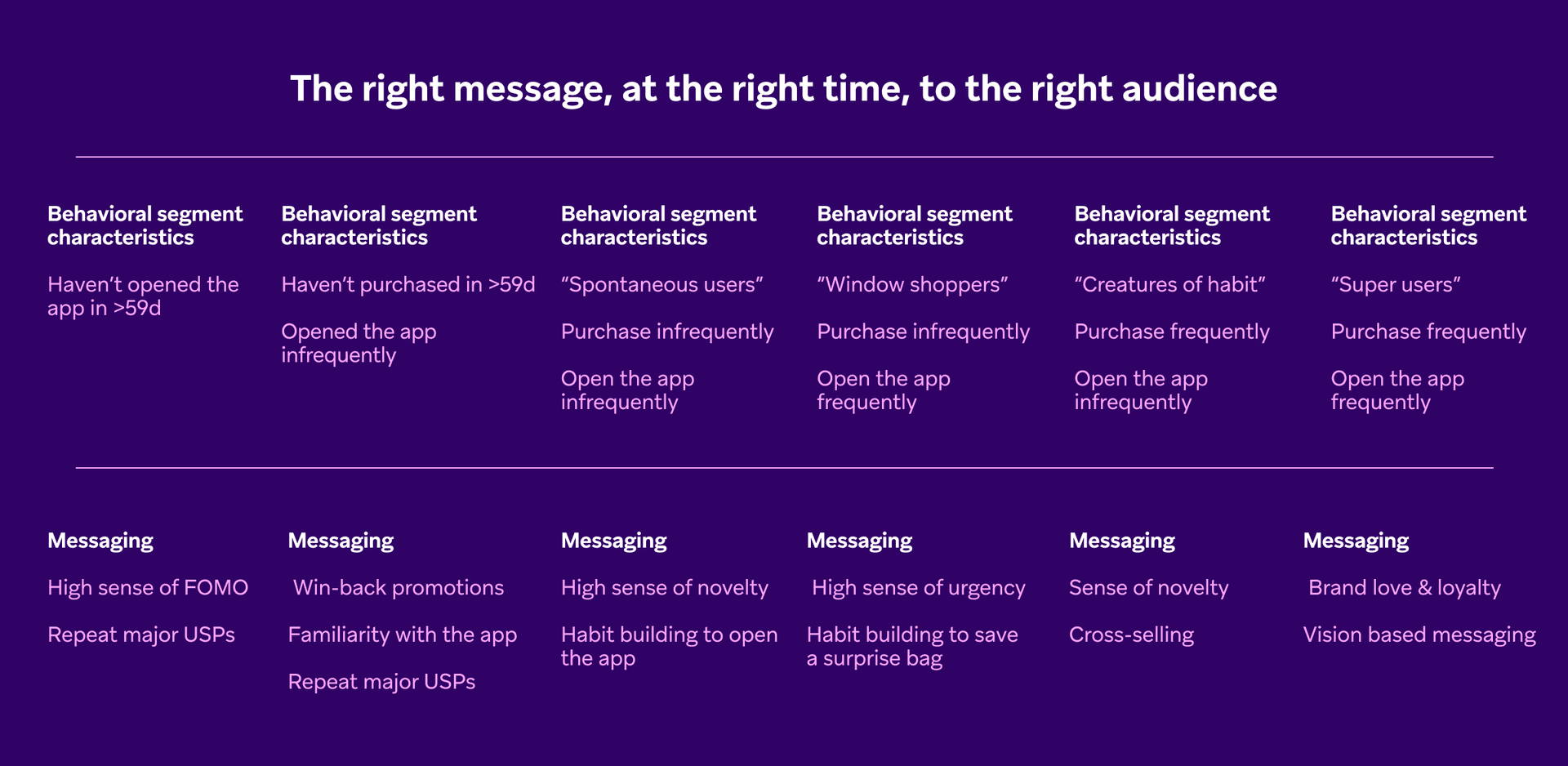
The strategy
Leveraging Braze Catalogs, Too Good To Go developed automated, personalized campaigns to better match supply with demand. With Braze Content Blocks and Braze Connected Content, they segmented customer profiles based on behaviors—such as app sessions, Surprise Bags viewed, favorited, and purchased—they created API-triggered notifications alerting users when relevant Surprise Bags became available nearby. This approach ensured timely and suitable communication, enhancing the user experience.
The wins
Implementing this strategy led to a 135% increase in purchases attributed to CRM efforts and doubled the conversion rate for messages, as well as integrating behavioral segments into Braze streamlined operations, allowing for automated and efficient user data synchronization.
Grubhub is right on thyme
Grubhub is a leading online and mobile food-ordering and delivery marketplace, connecting diners with over 300,000 restaurants across more than 4,000 U.S. cities. Their mission is to provide a convenient and comprehensive food ordering experience for their users.
The challenge
Grubhub aimed to enhance user engagement and build brand awareness by providing personalized experiences to their 30 million diners. They sought to create an engaging, individualized email campaign that would resonate with users and encourage increased interaction with the platform.
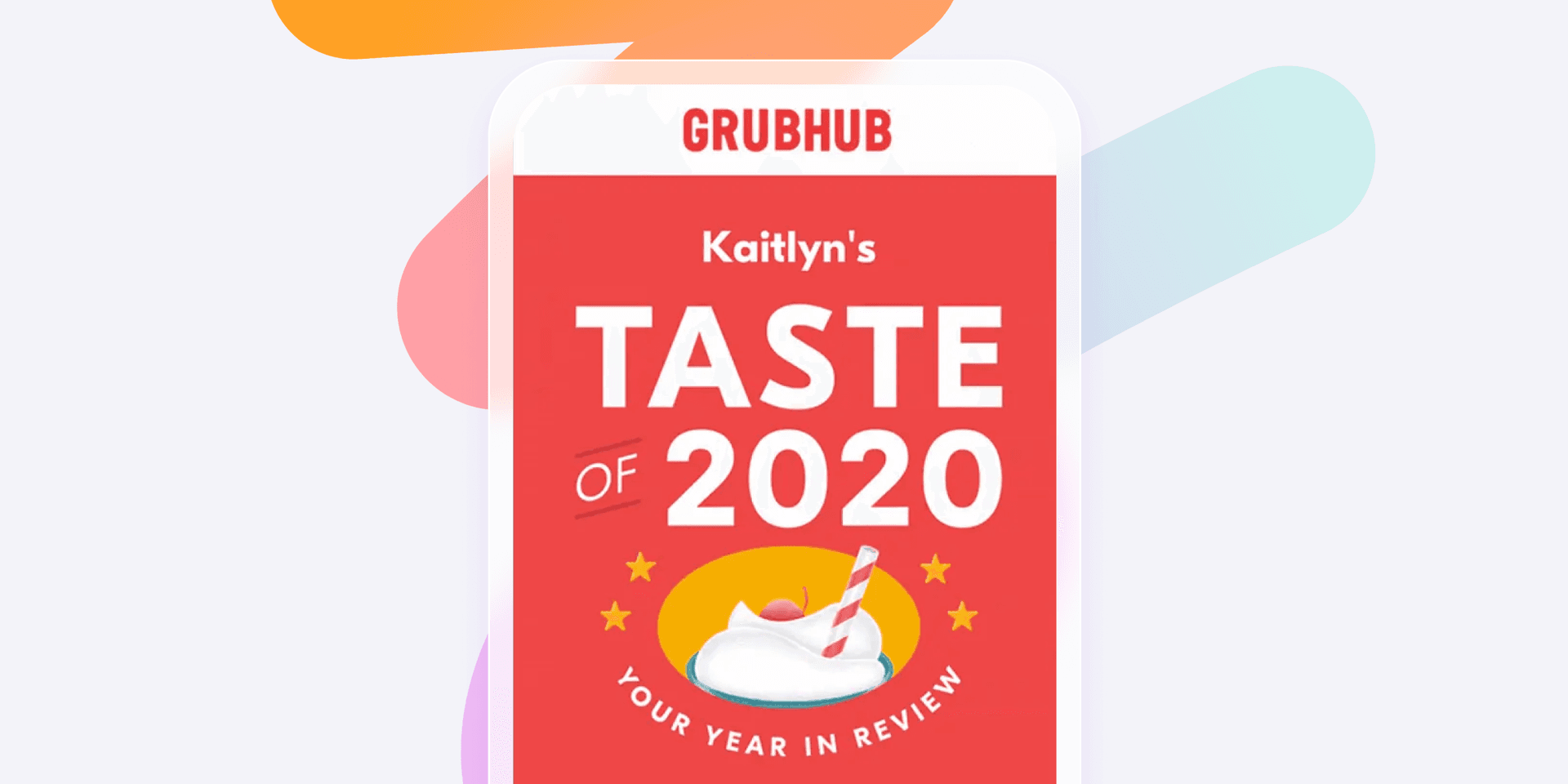
The strategy
Utilizing Braze Content Blocks and Liquid personalization, Grubhub designed a dynamic "Taste of 2020 Year in Review" email campaign. This campaign provided each diner with a personalized summary of their ordering activity, including details such as favorite restaurants and order history. The integration via API allowed for seamless incorporation of 32 custom attributes from Grubhub's data warehouse, ensuring each email was tailored to the individual recipient.
The wins
The personalized email campaign led to a 100% increase in social media mentions and an 18% lift in word-of-mouth referrals. This approach not only enhanced user engagement but also strengthened brand awareness by fostering a more personal connection with diners.
Loaf at first sight with Panera
Panera Bread is a leading fast-casual restaurant chain known for its soups, salads, sandwiches, and baked goods. With over 2,200 locations across North America, Panera is committed to serving food that customers feel good about eating in a warm and welcoming environment.
The challenge
In April 2024, Panera embarked on the largest menu transformation in its history, introducing over 20 menu updates, including nine new items. This significant change posed a challenge: How to engage and retain loyal customers while reactivating lapsed guests during this transition.
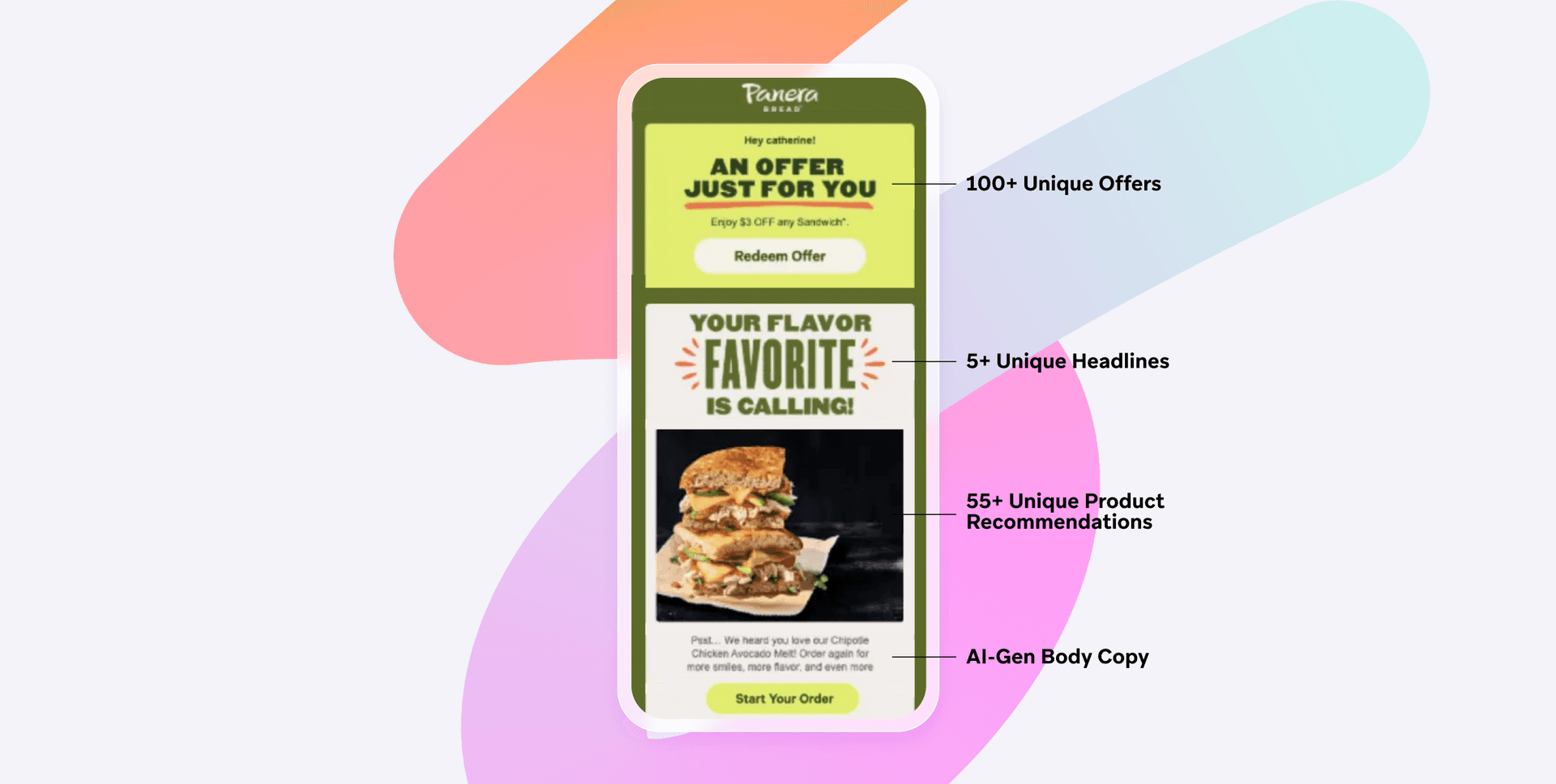
The strategy
Panera integrated its AI-powered decision engine with Braze to create a cross-channel, personalized campaign strategy. They developed over 4,000 unique combinations of personalized offers and product recommendations, delivered via email, app, and web. Using Braze Canvas, they orchestrated journeys incorporating push notifications, in-app messages, and Content Cards to provide a consistent and engaging guest experience. Panera also initiated pre-launch voting campaigns and surprise rewards tied to guest preferences to build anticipation and loyalty.
The wins
This strategic approach led to a 5% lift in retention among at-risk guests, a twofold increase in loyalty offer redemptions, and a twofold increase in purchase conversions. Panera saved over 50 hours of manual work through automated content creation and streamlined campaign management, effectively reaching millions of guests with personalized messaging during a critical brand transformation.
Escaping the ordinary with Luxury Escapes
Luxury Escapes is an Australia-based premier travel brand dedicated to creating the world's most loved travel experiences. With over eight million global members, the company focuses on delivering exceptional value with every booking, offering more savings and exclusive inclusions.
The challenge
Luxury Escapes aimed to dynamically display LuxPlus+ membership benefits for each offer based on subscribers’ membership status. Certain benefits were exclusive to LuxPlus+ members, while others were showcased to non-members to encourage sign-ups. The challenge was to personalize these messages effectively at scale.
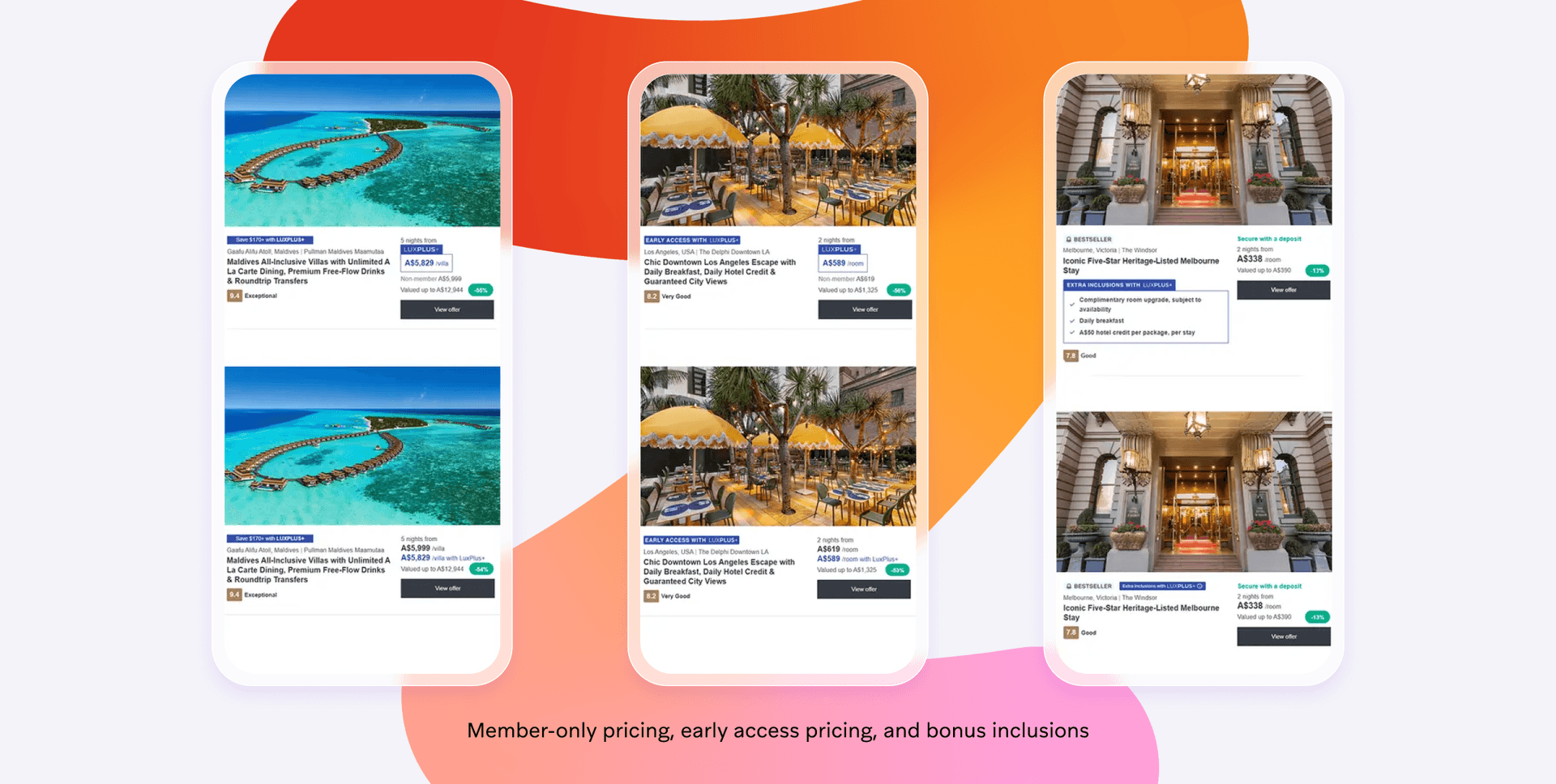
The strategy
Leveraging Braze, Luxury Escapes delivered personalized messages to each user at scale, firstly by connecting their data warehouse using Braze Cloud Data Ingestion. Then with Braze Catalogs and Advanced Liquid Logic, they defined subscribers’ membership status rules and synchronized this information at the time of send. This approach allowed offer blocks to display LuxPlus+ benefits such as member-only pricing, bonus inclusions, early access offers, and hidden member-only deals, providing deeply relevant experiences to their customers.
The wins
Luxury Escapes achieved 142% of its membership signup goal within the first month of the campaign. Additionally, they saw a 10% increase in clickthrough rates for their email newsletter and a 100% increase in CTR compared to benchmarks for their other full database campaigns.
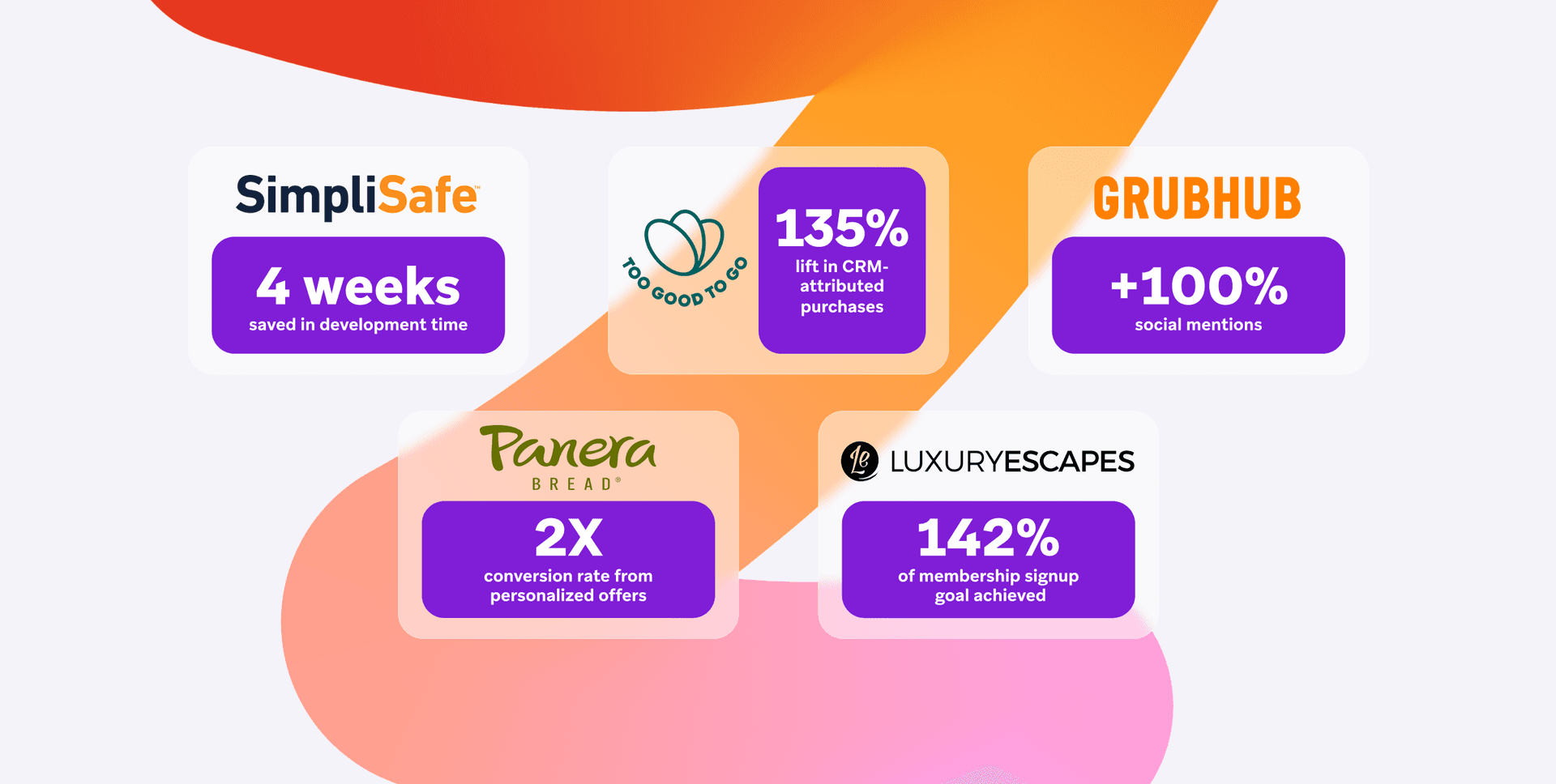
Smarter, faster, sharper: The role of AI in real-time personalization
AI can make it faster and easier to personalize messages based on streaming data. Machine learning models can analyze vast amounts of customer data quickly, identifying patterns, predicting behavior, and adapting messaging in real time. That means your campaigns can anticipate as well as react.
Instead of waiting for someone to click, you can serve content based on what they’re likely to do next. From tailored product recommendations to dynamic content blocks and predictive send times, AI brings a layer of intelligence that manual personalization just can’t match.
Here’s how AI is pushing personalization forward:
- Predictive personalization: Using streaming data to forecast the next best action—whether that’s a follow-up offer, a product recommendation, or a re-engagement message.
- Smarter segmentation: AI helps surface new audience groups based on behavior, preferences, and intent, so you’re not stuck using outdated segments or guessing who’s ready to convert.
- Relevance at scale: With AI, brands can personalize thousands of experiences at once, without sacrificing quality or context.
Final thoughts
Brands can better connect with people when they can personalize experiences in real-time. When you combine the right data, the right timing, and the right message, you create experiences that feel natural, helpful, and genuinely relevant.
From onboarding flows to re-engagement campaigns, real-time personalization gives you the power to create messages relevant to each user—on their terms, across each channel. It’s about showing up at the right moment with something that matters.
Whether you’re just getting started or refining an existing strategy, the opportunity is clear: personalization in marketing automation helps brands move faster, connect better, and create more value across the customer lifecycle.
Hear marketing leaders discuss how they’re embracing talent, technology, and content to craft campaigns that resonate at scale.
Real-time personalization FAQs
Real-time personalization is the practice of tailoring content or experiences based on a customer’s live behavior or interactions.
Data, Decisioning, Design, and Distribution. Many say these are the core elements to delivering relevant, timely experiences.
1. Data: It starts here. Customer data—demographics, behavior, preferences, context—provides the foundation for meaningful personalization. The key is capturing it in real time and connecting it across systems.
2. Decisioning: Once the data’s in place, you need a way to act on it. Decisioning is where intelligence comes in: using logic, AI, or automation to decide what content, message, or experience should happen next.
3. Design: Design is how personalization takes shape, whether that’s a personalized push, a dynamically rendered email, or a tailored in-app message. It’s about delivering the message in a way that feels natural, helpful, and on brand.
4. Distribution: This is where the message goes out, via the channels your customers actually use. Email, SMS, app, web, or all of the above. Real-time personalization only works if it’s delivered at the right moment, in the right place.
Examples include triggered emails after a cart is abandoned, push notifications personalized by a user’s behavior, or dynamic website content based on browsing behavior.
The three levels of personalization can be:
- Basic, like name/location
- Segmented, like group-based
- Individualized, like real-time, 1:1 personalization
Related Tags
Be Absolutely Engaging.™
Sign up for regular updates from Braze.
Related Content
View the Blog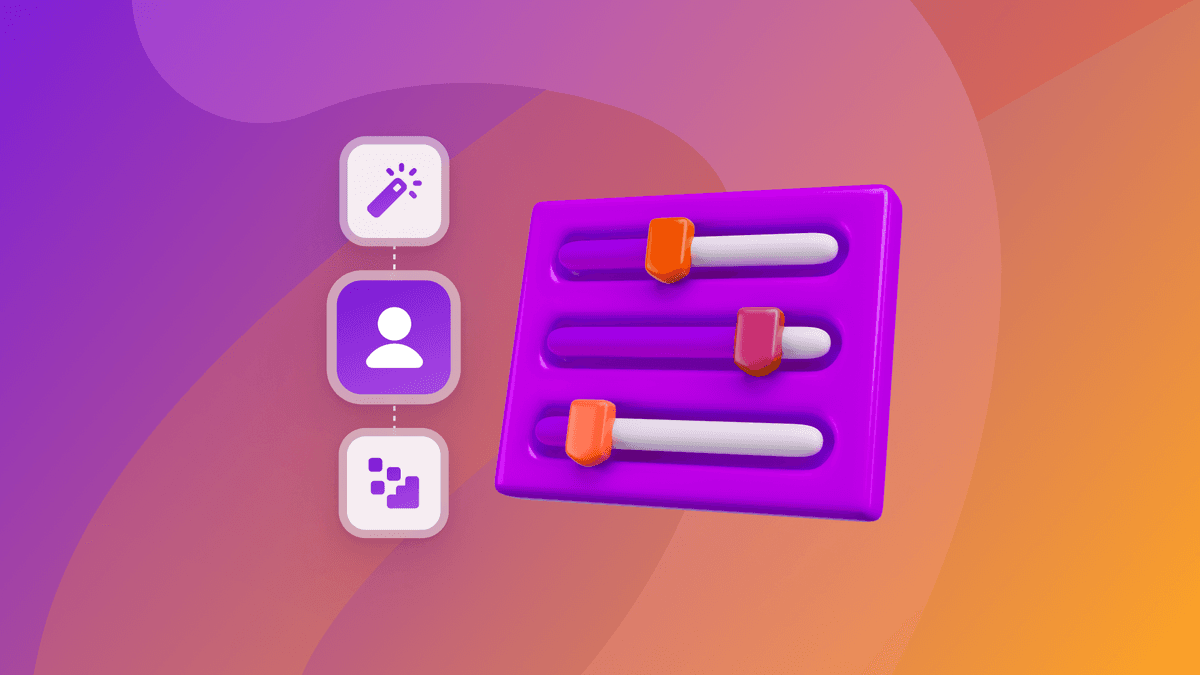
How behavioral marketing turns data into personalized experiences

Team Braze

December 2025 Bonfire Marketer of the Month: Jagex’s Emma Oliver

Emily Calderon
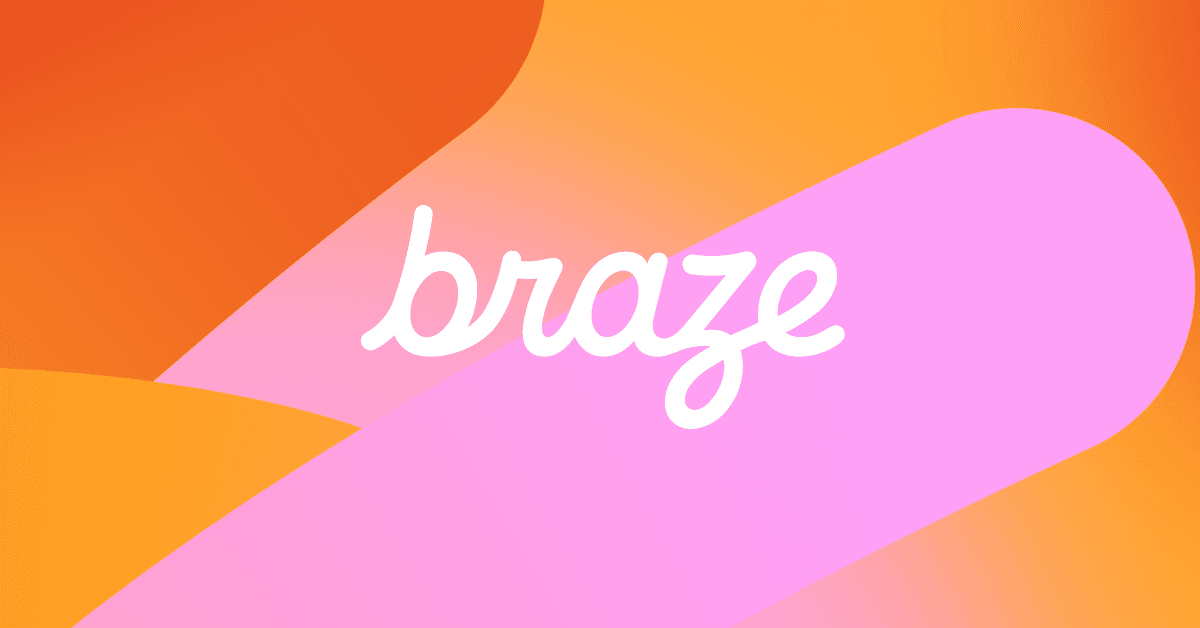
2025 Braze year in review: Major moments, milestones, and evolutions
